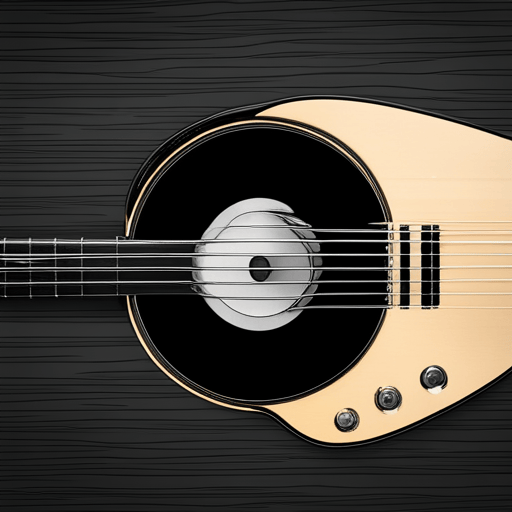Mastering for Maximum Loudness Without Distortion

After mastering for maximum loudness without distortion, what steps can a music producer take to ensure it sounds consistent across different listening devices
Audio mastering is a critical phase that gives life to your recordings, turning them into professional soundtracks. One of the biggest challenges is striking the balance between loudness and clarity. While maximum loudness may be your ultimate goal, it can be tricky keeping distortion at bay. This blog seeks to demystify the process, offering insightful strategies to enhance your mastering skills.
Understanding Loudness and Distortion
To master for maximum loudness without distortion, it’s imperative to understand these two concepts. Loudness is the subjective perception of the intensity of a sound. The correlation between the amplitude of a sound wave and the perceived loudness is intricate.
Distortion occurs when an audio signal is altered so that some frequencies become louder than they should be, causing unpleasant tones, often described as ‘clipping’ or ‘saturation’. The trick is to increase loudness to its peak without causing distortion.
The Role of Dynamic Range
The key to achieving loudness without distortion often lies in the dynamic range – the difference between the loudest and softest parts of the audio. If you reduce dynamic range too much, the result is distortion. But with a high dynamic range, your audio can lack the punch and power that you’re aiming for.
How to Master for Loudness Without Distortion
Here are steps you can follow to strike the perfect balance.
Step 1: Begin with high-quality recordings
The initial quality of your recording can significantly impact the final output. Always strive to record with maximum possible quality and avoid any clipping in the source material. Good software for editing and mastering is also crucial, so invest in the best you can afford.
Step 2: Apply EQ strategically
Applying EQ (Equalization) can clean up your mix, achieving a balanced sound. By doing so, you will allow the audio’s louder parts to shine without being drowned out by the less essential frequencies. There is no one-size-fits-all recipe. Understand the frequencies where relevant information lies, focus on them and reduce any unnecessary ones.
Step 3: Use Compression Wisely
Compression is a tool that helps control the dynamic range. Yet, too much compression can cause distortion. The golden rule here is to strike a balance. Use a slow attack time to keep your audio punchy and find the right level of compression that allows loftiness without distortion.
Step 4: Limiting and Clipping
Finally, after EQing and Compression, you can now adjust the limiter. Limiting will prevent any passage from exceeding a specific decibel level. Be careful not to fall into the trap of using too much limiting, as it often leads to distortion.
In conclusion, mastering for maximum loudness without distortion might seem like a daunting task, but these steps and the right tools should make it achievable. With patience and practice, you’ll soon become a pro at keeping those soundwaves under control.
Happy Mastering!
